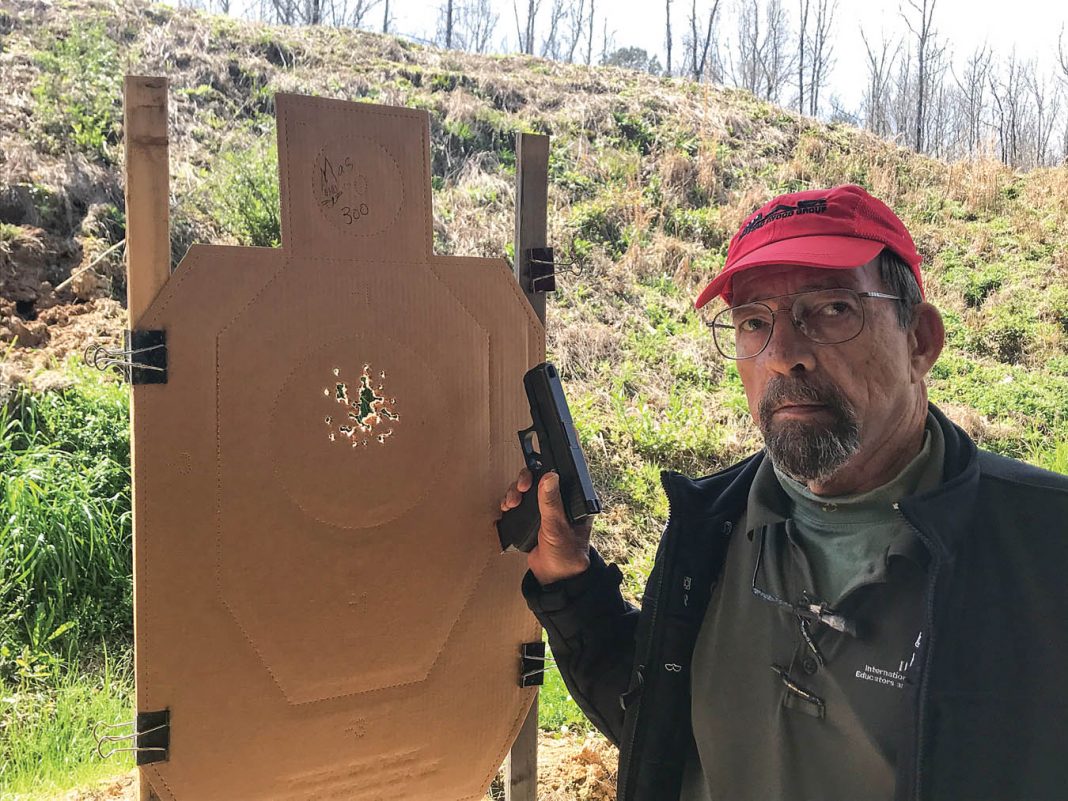Regular readers know that I’ve proudly served on the Board of Trustees of the Second Amendment Foundation for many years. So, I’m predictably proud to announce that one of their most useful concepts is becoming available to all of you, at no charge, delivered in virtual form.
Over the years, I’ve attended the live and in-person versions of these many times. Your speakers will be gun owners’ civil rights activists from all over the country, with proven records of success in lobbying for your rights at the grassroots level.
A sample: one pro tip is to write personalized letters to your legislative representatives, not just copy some boilerplate sent to you by an organization. Virtually every single legislator and legislative staff person I’ve discussed it with tells me “boilerplate” is of low value to the decision-makers in the State Houses. Send them a personal letter and they’re more likely to read it. Better still, try a hand-written letter, short and polite and to the point. The thinking seems to be that any constituent who actually takes pen in hand cares enough about the issue has something to say that the legislator wants to know.
The workshop is free, but you do have to register for it beforehand. The link above will get you there.
Take my word for it: it will be time well spent…and righteously spent.



Thanks Mas. They will hear from me.
Think of how you sort your own mail. “Junk” mail is easy to spot and discard. The email boiler plate stuff can be useful for ideas that you can incorporate into a short hand written note and hand addresses envelope. It will be opened and read.
WAAAAY back when they used to teach cursive writing and do quarterly tests, I only managed to get one effort praised in all those years. It’s one of the reasons I learned to type.
Despite doing a slew my own letters to a variety of elected officials during the War of Northam Aggression, I only got two replies. OTOH, we managed to stave off the worst of the proposed legislation.
WR Moore,
I believe in handwriting letters to politicians, but I gave up on writing them in cursive. Unless I write cursive very slowly, it is not neat enough. So I print my letters, using cursive for italics and my signature.
I use cursive when taking notes, and writing all but the final drafts of letters. I’m the only one who reads my cursive. Anything someone else will read gets printed neatly. Our letters don’t need to look perfect, just easy-to-read.
I could write more suggestions, but I’d rather be brief. When communicating, we need to think about how our message will be perceived by the reader. Also, try to be brief, and be careful with uncommon words. Finally, we want our letters to be neat enough for them to be read easily.
If I typed (word processed) a letter, I might use nice resume paper, and send it in a 9 X 12 envelope. That way it would not need to be folded. Holding a neat, unfolded, heavyweight paper letter makes a good impression on some people. I would handwrite both addresses on the 9 X 12 envelope. That would tell them it wasn’t sent by a political action committee or corporation.
I used to believe people could be influenced by words, but I’m beginning to lose hope in education. I guess we should keep trying until it is too late. Education still works for some people.
There’s also a good chance nobody at your Congressman or Senator’s office can read cursive.
I’m 60. I was taught how to draw cursive, and graded on it, but I was never expected to *read* it; all our schoolbooks and lesson sheets were in block print. The last time I had to draw cursive characters was sometime in 1970 or 1971.
I can, laboriously, puzzle out words in cursive, but about the only times have seen any in the 21st century were on greeting cards and model badges on some old cars. Mostly, I just ignore it.
I’m pretty sure any letter sent to one of your representatives that’s written in cursive will go in the stack with the ones people wrote with their own waste on toilet paper; nobody is going to waste time trying to puzzle it out.
That’s bizarre. I’m nearly 10 years younger and once we went to cursive writing (4th grade if I remember correctly) there was no going back, everything had to be written and read in cursive. I’m not sure what the public schools are doing now, we home-schooled our daughter and taught her cursive as well.
RetDet,
My experience was similar to yours. I am 57 and the years of my public schooling go from 1968 to 1981. We learned cursive in second grade, and every paper I wrote for the teachers after that HAD to be in cursive. Printing was not acceptable. I suspect the teachers knew if we didn’t practice cursive we would lose the skill.
Once I got to college, handwriting was no longer acceptable. Papers had to be typed or word processed. Maybe different areas of the country had different policies when it came to cursive writing.
I feel sorry for the teachers who had to read our sloppy papers. Oh well. They could have demanded neatness but instead they relinquished their power and simply asked for pay raises. Then again, neither the administration nor the parents would back up the teachers. We shouldn’t ask too much of government, but insist it does a few things well. Education should not be one of those things.
Comments are closed.